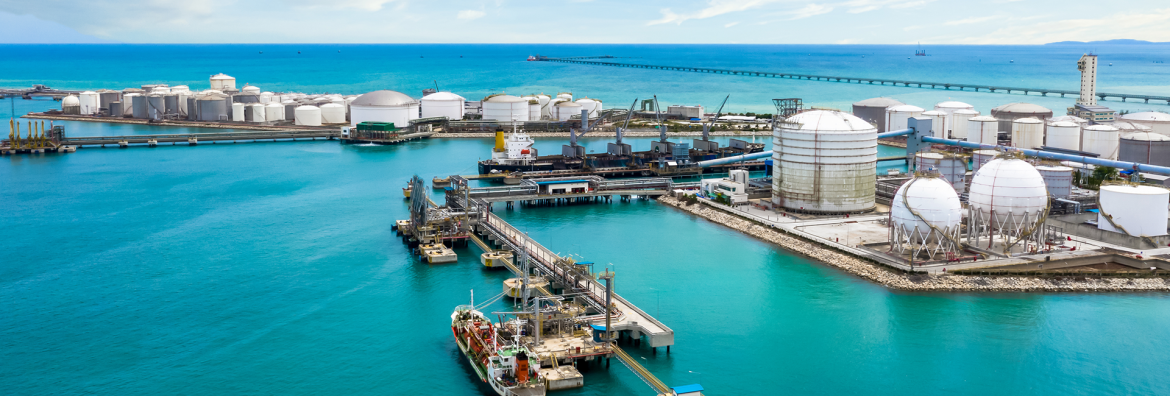Key Components Of A Strong Port Facility Security Plan
A strong port facility security plan supports safe daily operations and reduces risks that affect cargo, personnel, and infrastructure. It outlines actions for managing access, detecting threats, and responding to incidents. The plan should be simple to follow, flexible to update, and based on practical steps that reflect the daily routine of the port.
Defined security levels and responses:
Different security levels are useful for adjusting measures based on the current risk. The port facility security plan should explain what each level means and what actions apply at each stage. This helps everyone respond appropriately during changes in conditions or alerts.
Access control measures:
Controlling entry points is a basic part of port security. The plan should include procedures for identifying people, checking vehicles, and issuing passes. Staff must know who is allowed where, and the process should be consistent across all entry points.
Monitoring and surveillance systems:
The plan should list all tools used for observing activities around the port. This includes cameras, lighting, alarms, and patrol routines. It is also helpful to note how footage is reviewed and how long it is stored.
Communication procedures:
Clear communication supports fast and accurate responses. The plan should name contact points for different types of incidents and list methods for passing on updates. This includes radios, phones, and any internal systems used for alerts.
Staff training and awareness:
The plan should mention how security-related training is delivered. Regular sessions help staff stay familiar with procedures and spot anything unusual. The plan may also include basic instructions for new team members and refresher sessions for experienced ones.
Emergency response steps:
The document should outline what to do during different types of emergencies, such as a fire, theft, or system failure. It should include evacuation routes, meeting points, and contact details for emergency services.
Regular checks and reviews:
Routine checks keep the plan up to date. The schedule should show how often reviews take place and who is responsible. Any changes in layout, staffing, or threats should lead to updates in the plan. The plan should also include how incidents, checks, and drills are recorded. Keeping records helps track progress and supports future planning.




